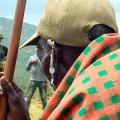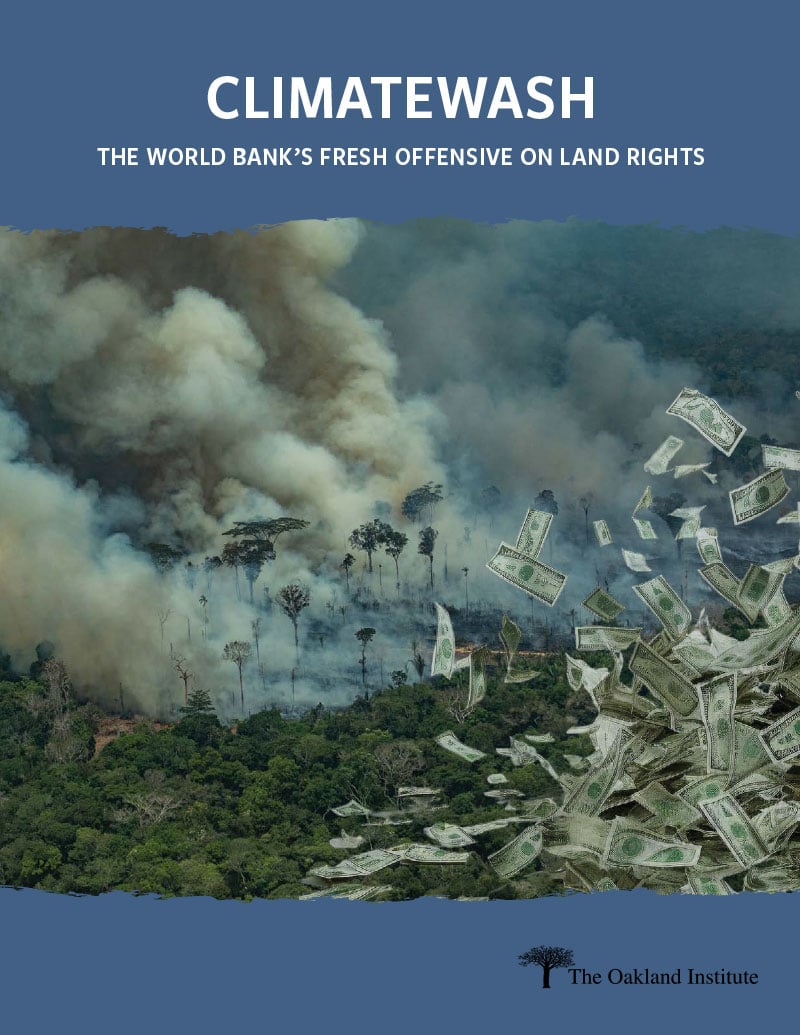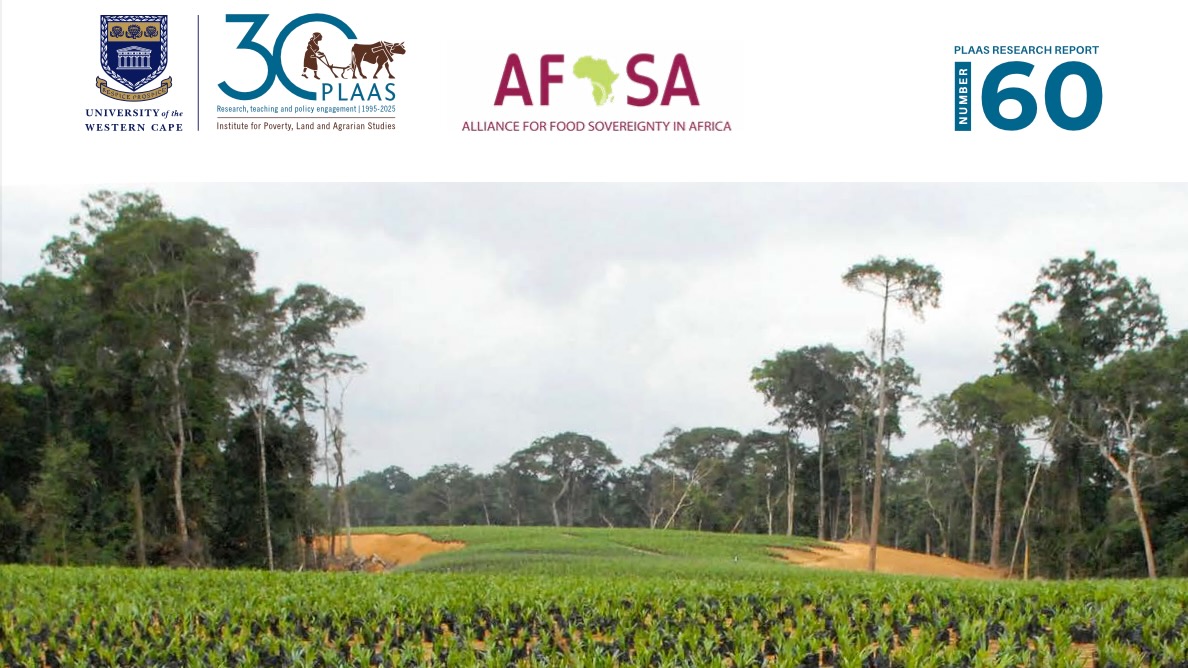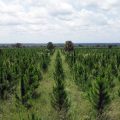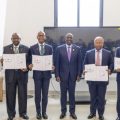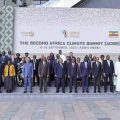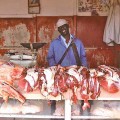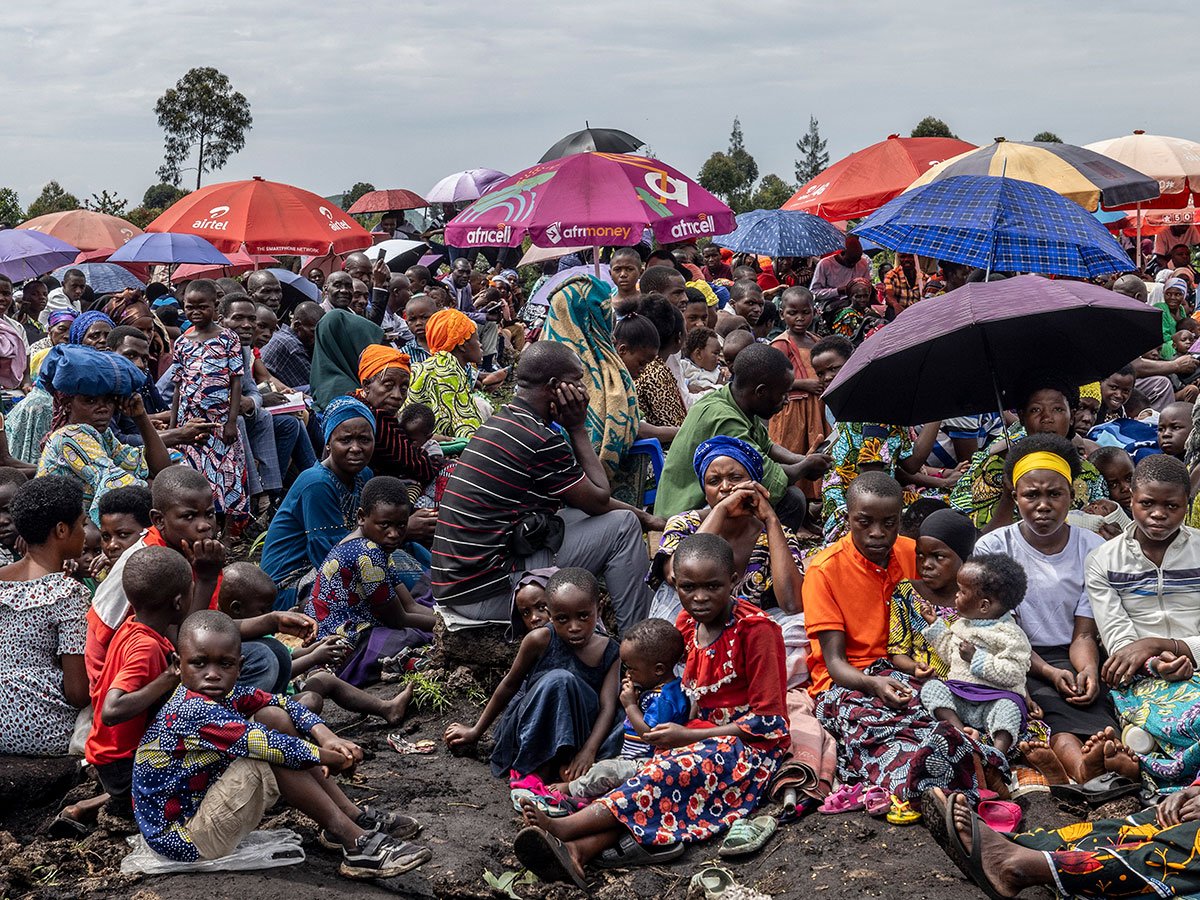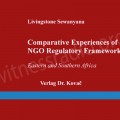In a shocking blow to Indigenous land rights, the East African Court of Justice (EACJ) has dismissed a case (Reference No. 10 of 2017) brought against the Tanzanian government by four Maasai villages who sought recourse for violent evictions and burning of homes in Loliondo by the government in 2017.
The case was brought after violent government-led evictions of Maasai villagers in Loliondo — which included burning of their homes, arbitrary arrest, and confiscating livestock — in August 2017, as well as the ongoing harassment and arrest of villagers involved in the case by the Tanzanian police. Reports(link is external) allege that in addition to the numerous arrests and injuries associated with the evictions, 5,800 homes were damaged leaving 20,000 Maasai homeless. The four villages — Ololosokwan, Oloirien, Kirtalo, and Arash — named in the case are legally registered owners of their land.
The government claimed the evictions were done with “dignity” and that the villages were illegally located within Serengeti National Park. Before the ruling, the government also insisted that the EACJ did not have jurisdiction to hear the case.
“The failure of the East African Court of Justice to hold the Tanzanian government accountable for blatantly abusing human rights of the Maasai in Loliondo is a travesty for all Indigenous communities on the continent,” said Anuradha Mittal, Oakland Institute Executive Director, who has warned for years about the unfolding disaster. A Maasai community leader somberly remarked, “Again it seems the government is happy for injustices done to our people… We have been very much disappointed.”
The court determined that the witnesses failed to prove the evictions took place outside Serengeti National Park’s borders, and that testimonies about violent evictions relied on “hearsay.” No compensation was granted to the villages.
During the five-year legal battle, witnesses for the impacted villages faced intimidation and threats. One expert surveyor witness suddenly abandoned the case after sustained harassment from the government. The villages brought in another surveyor from Kenya who submitted an affidavit and report of satellite imagery showing the burned bomas were outside the park’s borders. While the court did not comment on the validity of the findings, it determined he failed to abide by the necessary statutory requirements to carry out survey work in Tanzania as a non-citizen. “That the ruling focuses on this technicality instead of the findings of the survey, indicates that the court failed in its duties and succumbed to pressure from the Tanzanian government,” said Mittal.
On September 25, 2018, the Court granted an injunction in favor of the communities, prohibiting the Tanzanian government from evicting the villagers, seizing their livestock, destroying property, or engaging in harassment against Maasai communities living in the four villages. The ruling was initially expected in June 2022, but much to the disappointment of the Maasai communities, the court postponed the decision several times.
The injunction remained in effect until the ruling could be heard. The Tanzanian government, however, blatantly ignored the court orders during the violent demarcation of 1,500 km2 of land in Loliondo on June 8, 2022 – that led to dozens of serious injuries, widespread arrests, and displacement of thousands of Maasai. Since the violent crackdown, thousands have been deprived of vital grazing area that is now off limits in the newly classified “Pololeti Game Controlled Area.” The government faced global condemnation for their actions.
“Instead of ensuring rule of law, the East African Court of Justice has sent a clear signal to governments in the region that they can trample on Indigenous rights in favor of foreign investors without consequence,” Mittal added. The four villages are still deciding if they will appeal the court’s ruling.
The Ministry of Tourism and Natural Resources has indicated the area will become a game reserve, triggering additional evictions of Maasai living in legally registered villages. Given actions of the government during the court injunction, communities are rightfully fearful of additional human rights abuses.
The Oakland Institute’s research has exposed internationally the ongoing plight and human rights violations of the Maasai villagers as their land rights are denied in the name of conservation and to benefit safari companies, such as Boston-based Thomson Safaris and the UAE-based Otterlo Business Company, which runs hunting excursions for the Emirati royal family.
The court’s failure to provide justice makes it imperative that the international community exhausts every possible avenue to hold the Tanzanian government accountable.
Source: oaklandinstitute.org
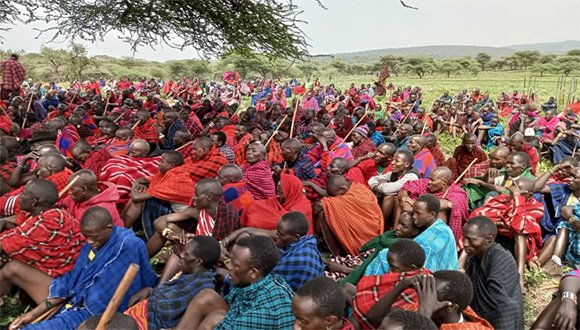
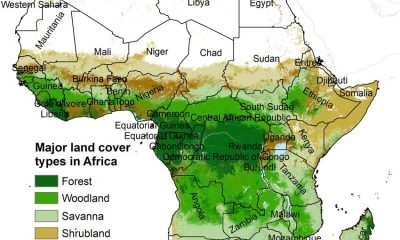
 MEDIA FOR CHANGE NETWORK2 weeks ago
MEDIA FOR CHANGE NETWORK2 weeks ago
 MEDIA FOR CHANGE NETWORK6 days ago
MEDIA FOR CHANGE NETWORK6 days ago
 MEDIA FOR CHANGE NETWORK2 weeks ago
MEDIA FOR CHANGE NETWORK2 weeks ago
 MEDIA FOR CHANGE NETWORK7 days ago
MEDIA FOR CHANGE NETWORK7 days ago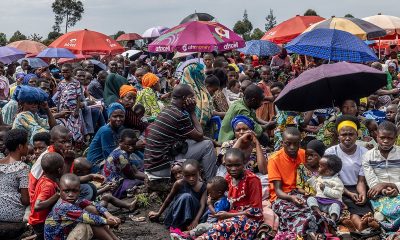
 NGO WORK2 weeks ago
NGO WORK2 weeks ago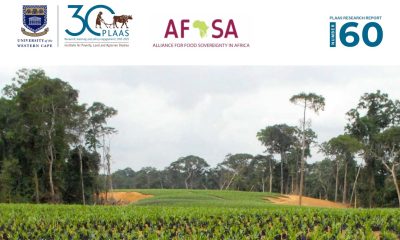
 NGO WORK2 weeks ago
NGO WORK2 weeks ago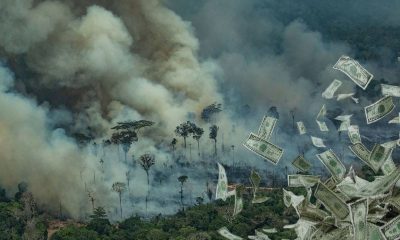
 NGO WORK2 weeks ago
NGO WORK2 weeks ago
 STATEMENTS2 days ago
STATEMENTS2 days ago


